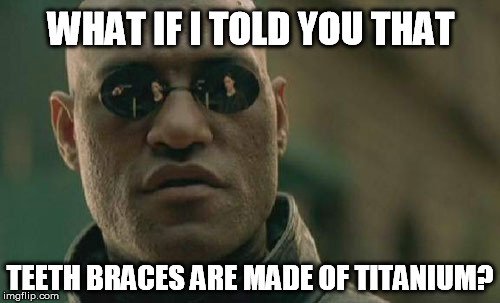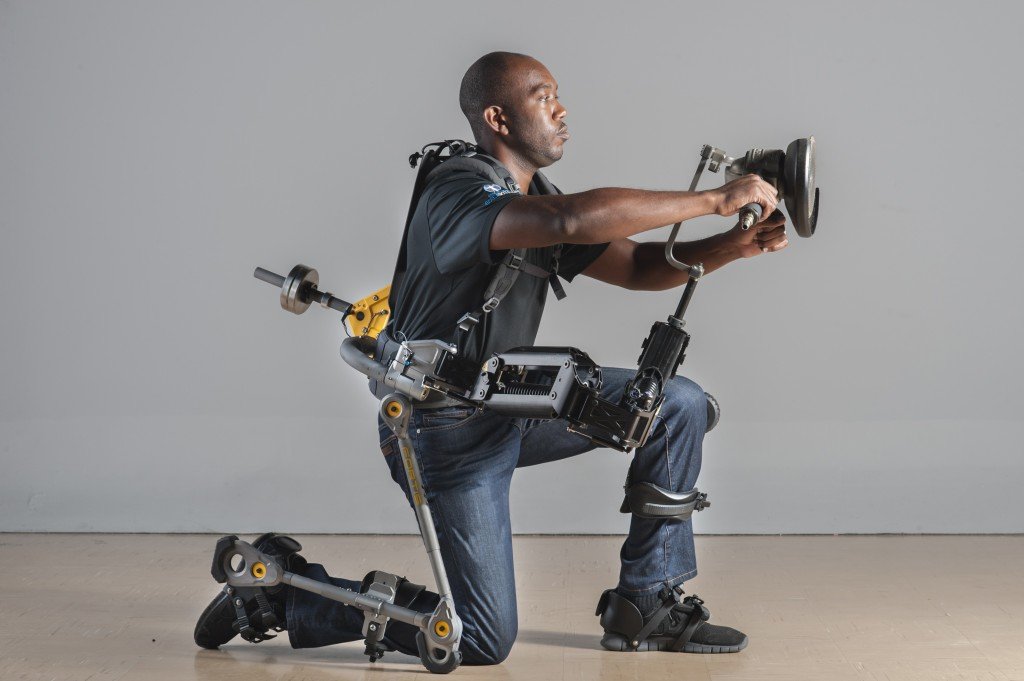The Iron Man suit is a fictional suit of armor that is worn by the character Tony Stark in the Iron Man movies. The suit is made of a number of different materials, including iron, steel, nickel-titanium, and single-crystal titanium. The suit is powered by a miniaturized ARC reactor, which provides power equivalent to the combined output of three nuclear power plants. The suit also has a helmet that allows Tony Stark to control devices that are a part of the suit.
We’ve seen him in action plenty of times now (five times, to be precise), but we never cease to admire and relish how incredible he really is. If you’re into superhero stuff, then you know precisely what I’m talking about.
Iron Man.
But being a fan means digging past the everyday information and finding something truly fascinating. Now, let’s see some of the science behind what makes Tony Stark seemingly invincible when he dons the famous Iron Man suit.
Iron Man Suit Design
Iron Man Armor Technology
When you talk about, or even think about Iron Man, the first image that pops into your head (if you’re in the know of the superhero world, that is) is the legendary red and gold suit of armor. It’s undeniably the defining aspect of the character; after all, he’s named “Iron” Man.

It’s Not Actually Iron!
You may have always believed that the Iron Man suit is made of iron, as the name ‘Iron Man’ may imply, but that’s not even close to being true. The Iron Man suit that Tony Stark wears in the movies couldn’t possibly be made of iron. There are a few reasons behind that, namely the fact that iron is an extremely heavy and dense metal. It also rusts very easily, and is not as strong as some of its own alloys, such as steel.
It’s true that the inception of the Iron Man suit in a dingy cave (in the first Iron Man movie) was in the form of a crude-looking suit that may have contained pieces of iron. However, as stylish and ‘efficiency-centered’ as Tony is, he quickly discarded the idea of using iron to make his suit and instead used something else. The question is, which metal could he use?
Also Read: How Do The Hulk’s Pants Stay On When Everything Else Shreds Off?
Alternatives
Well, he likely had a number of metals to choose from, or rather, a clever combination of a number of metals. His options could include nickel-titanium (nitinol), which is an alloy of titanium. This could be used due to it being a fairly strong metal that is relatively resistant to heat and impressively light. Also, it is capable of ‘healing’, so to speak. It can deform at certain temperatures, true, but it can also regain its original shape once heated beyond the ‘transformation temperature’. That being said, they haven’t explicitly explored this property of the armor in the movies.

Another alternative is ‘single-crystal titanium‘, which is a customized variety titanium that is extremely hard, resists corrosion and withstands significant levels of heat. It is becoming increasingly popular in the aviation industry for the construction of jet engines to withstand bird strikes.
That brings up a weird question; have you noticed that they’ve never shown Iron Man smashing into a bird in any of the movies? It seems like it would be bound to happen at some point…
Also Read: How Is Titanium Made?
Iron Man-like Exoskeletons In Real Life
An exoskeleton, or ‘external skeleton’, is basically an extension of your own skeleton, and a pretty neat one at that. In other words, it is an external framework of metallic bones and muscles that not only protect your body, but also enhance your physical power exponentially!
Popular culture, especially sci-fi action movies, can’t seem to get enough of exoskeletons. The one that Iron Man sports is widely adored by Marvel fans all over the world. It is, as mentioned, is a framework of rods, pads and pipes (akin to bones and muscles) that is worn by Tony to survive and eventually (so far, at least) emerge on top of all the electronic and superhuman threats that he finds himself surrounded by. But can that type of exoskeleton really exist?
Oh yes, it sure can. In fact, a few prototypes with Iron Man similarities are already making headlines around the world!

What we’re talking about here are called ‘powered exoskeletons’, which are exoskeletons that are electrically powered and boost the endurance and strength of the wearer.

Some exoskeletons that already have been made (but are not out in the field yet) include the famous HULC (yes, pronounced exactly like ‘Hulk’), which was devised by Lockheed Martin, as well as XOS, designed by Sarcos. Both these prototypes, obviously, have been designed for military purposes.
Real Iron Man Suit With Flying Power
What makes Iron Man infallible in the face of impending disaster is not only his clever wit, but also his ability to zoom out of danger and quickly cross massive distances through the air (like flying to a foreign country to salvage people from a terrorist outfit after watching the horrific scenes of destruction on TV!).
This aspect is pretty much in the purview of exoskeletons; an exoskeleton that can fly is essentially Iron Man’s suit. Given how cool it is, it comes as no surprise that there have been several attempts to make this type of exoskeleton. One such device, called Rocketbelt, could lift the wearer up to 900 meters in the air. Efforts are ongoing to make the flight last longer and make the whole tech more safe for humans to pilot.
Also Read: How Scientifically Accurate Is The Airplane Rescue Scene In Iron Man 3?
Iron Man’s Helmet
The helmet is the only scientifically plausible part of his entire suit. It is something we can have in the near future as well. The cybernetic helmet used by Iron Man lets him control devices that are a part of his suit.
Bin He, Department Head (Biomedical Engineering) at the University of Minnesota has, in fact, created a helmet which in a way works similar to that of the Iron Man helmet. The basic principle behind the working of the helmet is related to the neurons’ electrical currents. These currents create electric and magnetic fields that can be detected by an EEG (Electroencephalograph).
Even though EEG has been available for almost 100 years, recent improvements in signal processing have allowed us to identify these neurons’ firing signatures. These neurons are associated with specific motor-imagery tasks. Professor He identified the firing patterns that take place when a man looking at images on a computer monitor tries to mentally move the cursor from left to right. Such frequencies once amplified and modified, can instruct the computer to move the cursor!
So even if he won’t make this helmet for the purpose of fighting, it could definitely be used to help paralyzed patients to better communicate with the people around them!
What’s The Circle Of Light That Sits In The Chest Of Iron Man?
Now, let’s get to the center of the matter… literally, the ‘center’ of Iron Man.
The small circle of light that sits in the center of Iron Man’s chest is not there just to look cool (although it does); it actually serves a much greater purpose.
We’re Talking About The Famous ‘ARC Reactor’…

The Iron Man suit is clearly a remarkable invention with its hardened exoskeleton and seemingly impenetrable armor, but all of that would be useless if there wasn’t a power source that actually made it all work! That’s where the ‘light circle’ comes into play.
The ‘thing’ that Tony has jammed in his chest is basically an ARC reactor miniaturized into a small electromagnet with an energy output of 8 gigajoules per second. Given the fact that such a humongous source of energy is resting comfortably in his chest, we have to assume that there must be a remarkable network of cooling tubes ensuring that our beloved Tony isn’t roasted alive. Also, it must be extremely small and immaculately concealed, as we never see any tubes or pipes sticking out of the armor.
Simply put, the thing in the center of Iron Man’s suit provides power that is roughly equivalent to the combined power output of three nuclear power plants, yet it is no bigger than a hockey puck. All these things combined place the whole idea of a miniaturized ARC reactor in the realm of pure fantasy.
It comes as no surprise that we call Iron Man a ‘cool’ superhero!
Efforts are in full swing to make real Iron Man suits (or something like them) for military purposes; in fact, the prototypes we talked about above are pretty close to what we’ve been dreaming of for real-life superheroes. It’s only a matter of time before we see Iron Men patrolling the skies in our world, and who knows, maybe we’ll even get a suit like that for ourselves!
Also Read: What’s The Biggest Scientific Mistake In Ant-Man?
How well do you understand the article above!

